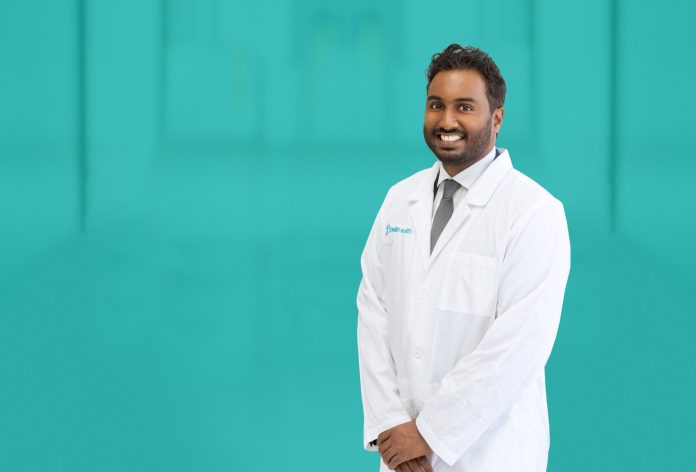By: Sujan Gogu, DO, FAAFP
CAQ Sports Medicine CAQ Pain Medicine
DHR Health Sports Medicine
Tendinopathy, a chronic condition characterized by tendon degeneration, has long plagued athletes, active individuals, and those engaged in repetitive activities. Historically, treatment options have ranged from rest and physical therapy to invasive surgeries. However, recent breakthroughs in medical science, including prolotherapy and tenotomy, are revolutionizing the management of tendinopathy.
Prolotherapy involves injecting a natural irritant solution into damaged tendons and ligaments, kickstarting a controlled inflammatory response that triggers the body’s healing processes. This not only reduces pain but also strengthens the affected tendon over time, providing lasting relief.
Tenotomy is a minimally invasive procedure where precise incisions are made in the damaged tendon to initiate natural repair mechanisms. This approach targets the root cause of the problem, promoting the formation of healthier tissue while minimizing disruption to surrounding structures.
In addition to these treatments, regenerative medicine offers promising solutions. Platelet-rich plasma (PRP) therapy involves extracting a patient’s blood, concentrating platelets and growth factors, and injecting this mixture into the damaged tendon. This stimulates tissue repair, accelerates healing, and enhances function.
Stem cell therapy is another notable advancement. Stem cells possess the ability to transform into various cell types, including those found in tendons. Injecting stem cells into damaged areas holds immense potential for tissue regeneration and long-term pain relief.
Ultrasound technology has also transformed tendinopathy treatment. High-resolution ultrasound enables precise guidance and monitoring of treatments, ensuring accurate placement of therapeutic injections and real-time assessment of progress. This minimally invasive approach maximizes effectiveness while minimizing risks.
Furthermore, wearable technology and artificial intelligence have enabled early detection and prevention. Athletes and individuals exposed to repetitive strain can monitor biomechanics, receive real-time feedback, and make necessary adjustments to reduce injury risk.
The integration of these innovations, including prolotherapy and tenotomy, into clinical practice is ushering in a new era of tendinopathy management. These techniques, alongside regenerative medicine, ultrasound guidance, and wearable tech, offer a holistic approach to address this challenging condition. This aligns with the trend in modern medicine towards personalized, minimally invasive interventions that optimize patient outcomes and minimize healthcare costs.
In conclusion, tendinopathy treatment is undergoing a profound transformation, with prolotherapy, tenotomy, and other innovative therapies at the forefront. Patients can now hope
for lasting relief and improved quality of life, as chronic pain and limited mobility become manageable conditions rather than debilitating ones. As these advances continue to evolve, the future for those suffering from tendinopathy is brighter than ever.
If you are experiencing tendinopathy or are experiencing a similar acute or chronic pain condition, please contact DHR Health Sports Medicine at 956-362-8890




